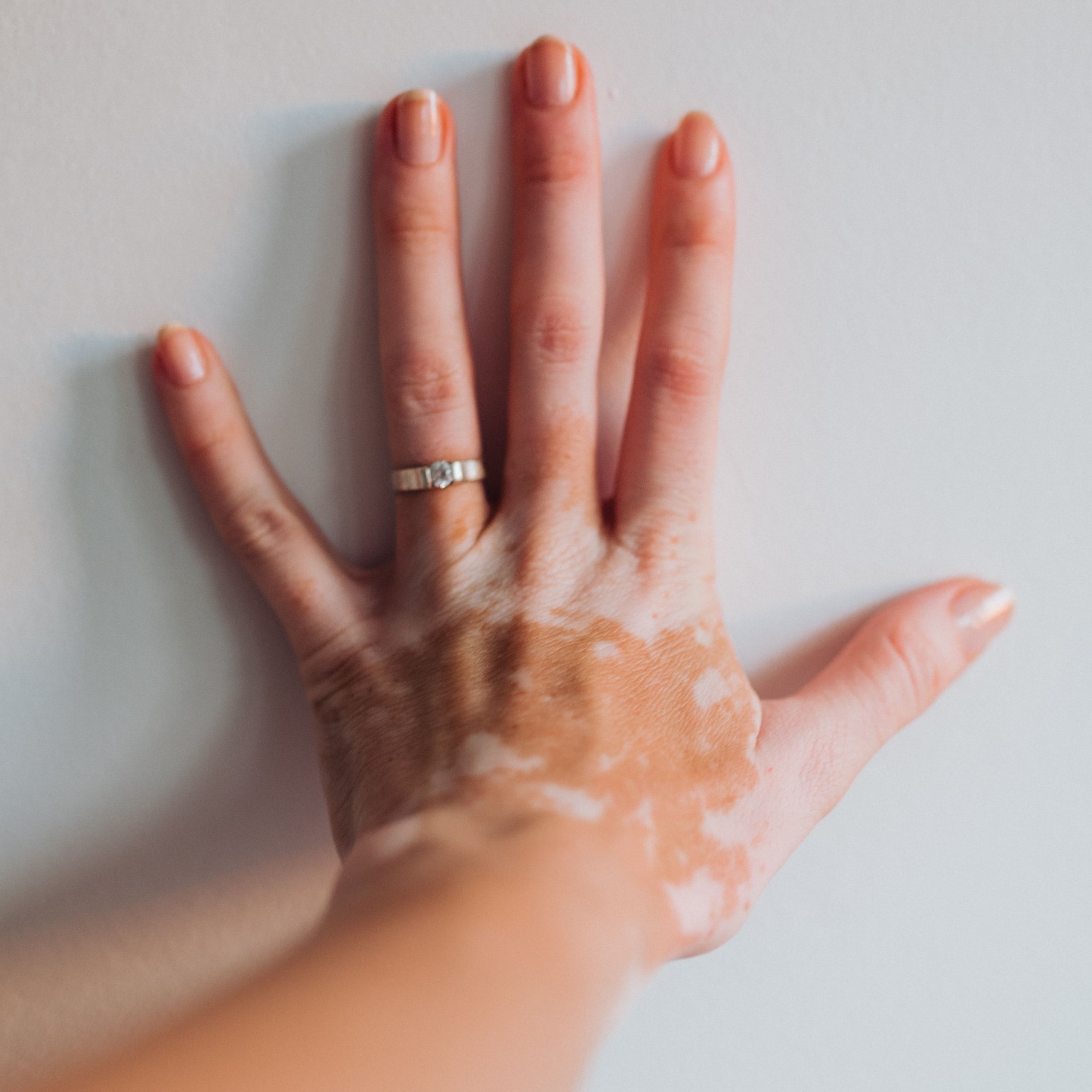Active Vitiligo Considered a Risk Factor for Vitiligo Progression Following COVID-19 Vaccination
These data indicate the necessity of further research to clarify any associations between COVID-19 infection, the virus’s associated vaccines, and progression of vitiligo.

Active vitiligo may be considered a risk factor of the skin disease’s progression following vaccination for COVID-19 as well as infection, according to recent findings.1
These findings resulted from a study conducted by investigators in China due to the noted rise in exacerbated or even new onset dermatologic diseases such as vitiligo.2 Any associations between COVID-19, vaccines, and vitiligo progression has remained unclear previously.
To address this information gap, this new research was led by Xiaoyi Shi, from the department of dermatology at Peking University’s People’s Hospital in Beijing.
“The impact of COVID-19 vaccine and COVID-19 infection on vitiligo progression in Chinese patients is still unknown,” Shi and colleagues wrote. “Therefore, we conducted an online questionnaire survey among vitiligo patients, in order to investigate the impact of COVID-19 vaccine and COVID-19 infection on vitiligo progression, providing guidance for the treatment of vitiligo under the epidemic.”
Background
The investigators used cross-sectional investigation design and their research occurred within the Peking University People’s Hospital department of dermatology. The team’s criteria for participant Inclusion criteria involved patients of any gender having been diagnosed with vitiligo based upon the "Vitiligo Diagnosis and Treatment Consensus” that could also comprehend the text of the team’s questionnaire.
For participants under the age of 18 years, data was gathered from either the patient or their guardians. The criteria for subject exclusion included the visibility of logical errors in participant responses as well as a notably short response time (under 50 seconds).
The investigators crafted an electronic questionnaire, generated using an online survey tool, allowing each of the subjects to respond to the questionnaire only a single time in order to prevent duplicate submissions based upon their IP addresses.
The questionnaire covered 4 major factors:
- Participants’ demographic qualities such as gender, age, height, and weight;
- The clinical vitiligo features such as duration of their disease, comorbidities, distribution of bodily lesions, lesion status, history in one’s family, and ongoing care being received;
- COVID-19 vaccination details, some of which were the type of the participants’ vaccines, timing of inoculation for each dose, and their vitiligo activity following vaccination;
- Data on COVID-19 infection, some of which might be timing of participants’ infections, vitiligo activity in the post-infection period, reported symptoms, and treatment occurring post-infection.
The research team ensured that dermatologists made assessments of these vitiligo subtypes and of participants’ disease activity.
Overall, the team reported that 314 subjects who had diagnoses of vitiligo took part in their research survey. They found that 47.5% were identified as male and that there was an average age of about 25.5±15.9 years.
Findings
The investigators noted that 84.7% of these subjects had been given a vaccination for COVID-19 infection, adding that a notable 70.3% were shown to have reported a progression of vitiligo in the post-vaccination time period. This primarily had been observed by the respondents within a span of about 3 months.
Another notable finding reported by the research team was that 55.6% of the study subjects saw progression of their vitiligo in the time after their second vaccine dose. In addition, there were 270 subjects who had reported a history of COVID-19, with 30.7% of these participants witnessing a progression of the skin condition following infection and the majority reporting progression within the span of 1 - 2 months.
The investigators also found that 68.2% of the study population had temporarily terminated their treatment for vitiligo. The team noted that the analysis outcomes showed individuals in the active stage of the skin disease showed a heightened risk of disease progression following COVID-19 infection and after their vaccinations.
“Physicians should be aware of the possibility of aggravation of autoimmune skin diseases such as vitiligo following COVID-19 vaccination and infection,” they wrote. “For patients with active vitiligo, a delay in vaccination may decrease the risk of disease progression.”
References
- Shi X, Sun Y, Ding X. Impact of COVID-19 Vaccine and COVID-19 Infection on Vitiligo Activity and Progression. Clin Cosmet Investig Dermatol. 2023;16:3581-3587. Published 2023 Dec 15. doi:10.2147/CCID.S439045.
- Kasmikha LC, Mansour M, Goodenow S, Kessler S, Appel J. Vitiligo following COVID-19 vaccination and primary infection: a case report and systematic review. Cureus. 2023;15(9):e45546. doi: 10.7759/cureus.45546.